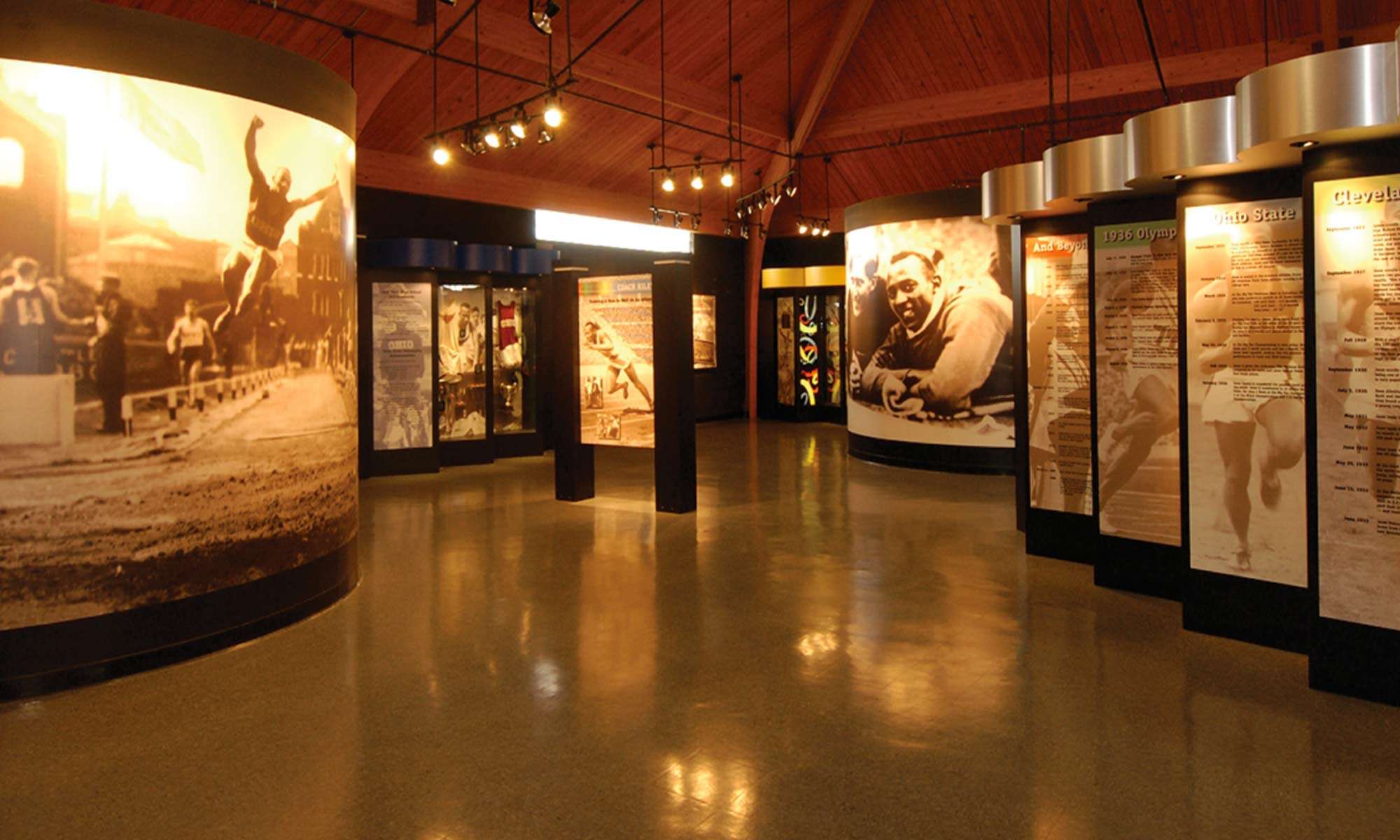Dedicated June, 1996 with the arrival of the Olympic Torch enroute to the Atlanta Games, The Jesse Owens Museum & Park is a …
North Alabama
North Alabama, also known as the Alabama Mountain Lakes Tourist Association, formed in 1964 with the express purpose of developing …
Oakville Indian Mounds
The mound complex known as the Oakville Indian Mounds was the heart of a large cultural center that dominated this section of the …


